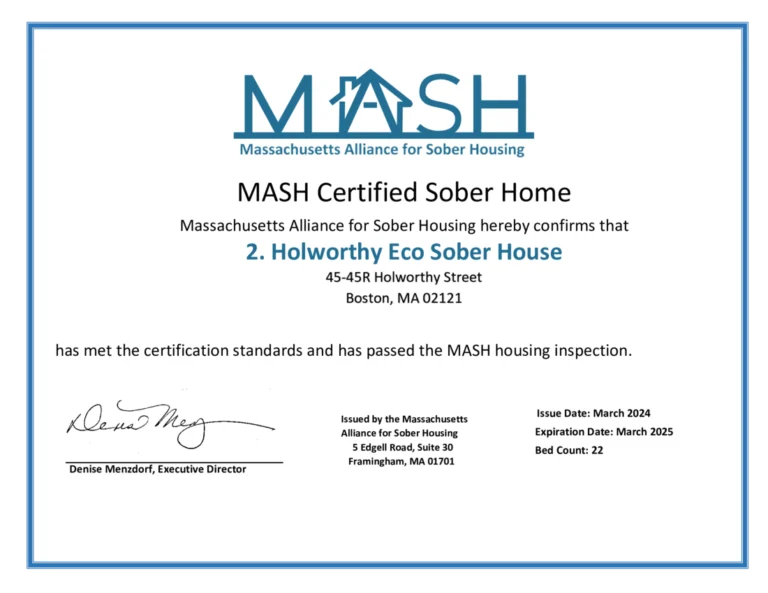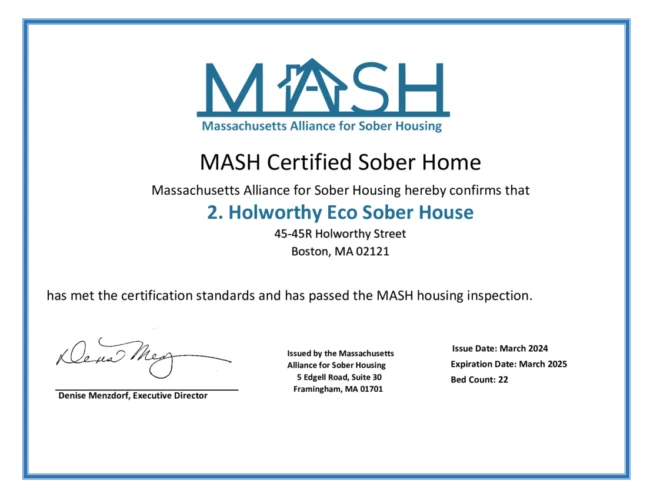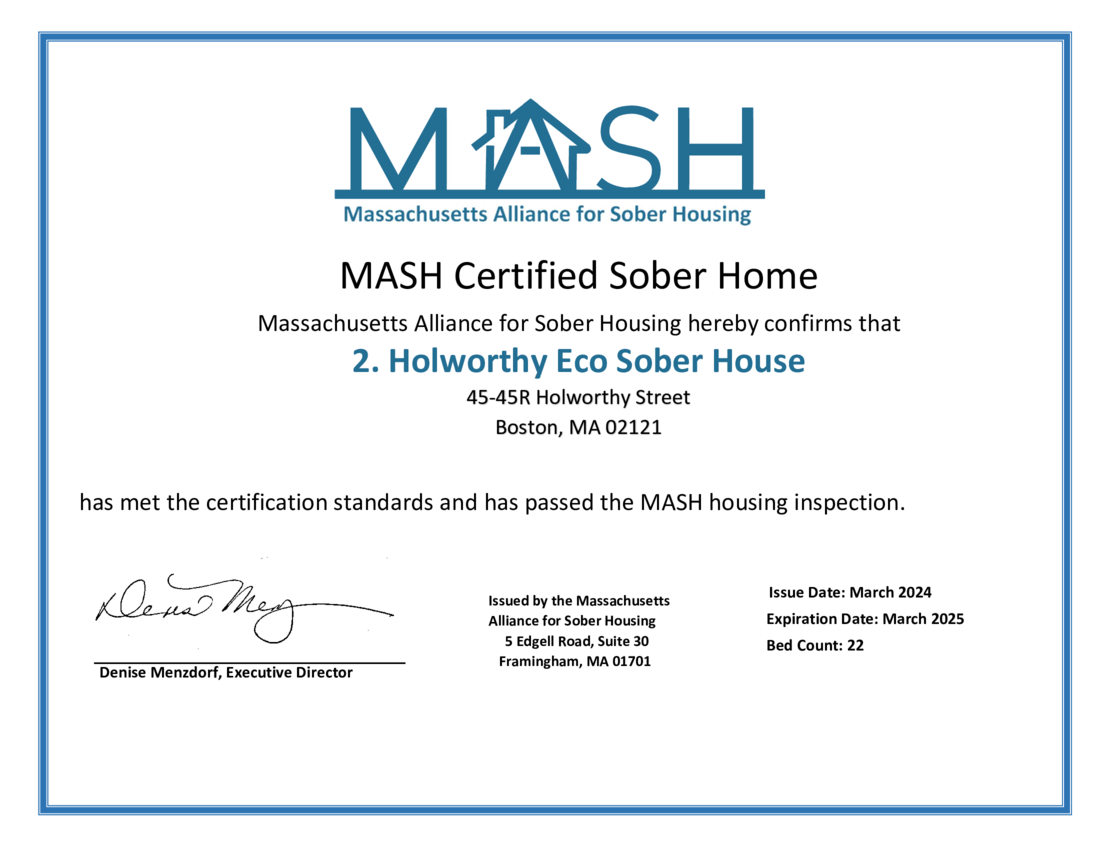Top Findings on Addiction in 2024

Drug addiction is a complex and chronic condition that affects the brain and behavior. Addiction is clinically described as substance use disorder and is characterized by an inability to control substance use. All addictive drugs have a direct impact on the brain’s pleasure center 1, creating a shortcut to feelings of reward. Potency and intensity play a significant role in your experience of withdrawal symptoms. Substances such as alcohol, opioids, and benzodiazepines are known for creating severe withdrawal effects, including nausea, anxiety, and even seizures. These experiences can be profoundly unpleasant and, in some cases, life-threatening.
Take the first step. Start addiction treatment today.
This motivates a person to continue using the drug over and over again, to reinforce feelings of pleasure. Over time, however, the brain will adapt to the drug, reduce its chemical response to it, and require even more of the drug to feel pleasurable effects. Like nicotine, alcohol isn’t a controlled substance, but it makes our most addictive drugs list in part because so many people in the U.S. experience alcohol abuse. Most addictive drugs target the brain’s reward system by flooding it with the chemical dopamine. This neurotransmitter regulates mood, movement, motivation, and feelings of pleasure.
Break Free Of Addiction
Chronic use can lead to addiction, with withdrawal symptoms such as tremors, anxiety, and severe complications like delirium tremens. Long-term alcohol use can cause liver disease, heart problems, and other serious health issues. Addiction is a chronic disease characterized by the compulsive use of addictive substances despite harmful consequences. It affects the brain’s reward system, primarily involving the neurotransmitter dopamine, which plays a significant role in feelings of pleasure and euphoria.

Barbiturates or Benzodiazepines (Downers)
It’s crucial to remember that addiction is not a choice or a moral failing but a complex disease that requires comprehensive treatment. When you consume alcohol, it alters your brain’s balance of chemicals, causing feelings of pleasure, relaxation, and lowered inhibitions. With continued use, your brain adapts to the presence of alcohol, leading to tolerance and dependence. Meth use creates excess dopamine in your brain, resulting in an intense “rush” or “flash” that many users describe as extremely pleasurable.

- Nicotine in tobacco products and alcoholic beverages are just two examples.
- Individuals experience an intense rush of euphoria and energy after using cocaine.
- Even drugs prescribed by a doctor can lead to addiction when misused, so it’s important to understand why both legal and illegal drugs can create addiction.
As a result, many users find themselves trapped in a cycle of seeking the next fix, leading to devastating consequences for their physical and mental health. Each drug has its own unique chemical makeup that interferes with your body in different ways. The chemical reactions these drugs have on your body increase the risk for physical Drug rehabilitation dependency and psychological addiction.
What is Electroconvulsive Therapy (ECT) For Addiction Treatment?
It increases heart rate and blood pressure and is linked to numerous health issues, including lung cancer and heart disease. Nicotine addiction leads to strong cravings and withdrawal symptoms like irritability, anxiety, and difficulty concentrating. Based on data from NSDUH 2021 2 (National Survey on Drug Use and Health), heroin is the most addictive drug. Of 1.1 million U.S. adults who reported using this opiate in 2021, over 1 million were diagnosed with heroin addiction (opioid use disorder) in the same year. The https://ecosoberhouse.com/ addictive potential of heroin is exceptionally high due to its rapid onset and the pleasurable sensations it produces. Regular use can lead to physical dependence and severe withdrawal symptoms when discontinuing use of heroin.
Need Addiction Support?
A powerfully addictive stimulant drug made from the leaves of the coca plant native to South America. Substance use disorders (SUDs) represent a global challenge, profoundly affecting individuals, families, and communities. Nevertheless, researchers are making considerable progress in understanding and treating addictions. Heroin also has been rated as the second most harmful drug in terms of damage to both users and to society. The market for illegal opiates, including heroin, was estimated to be $68 billion worldwide in 2009. American Addiction Centers (AAC) facilities across the country can help you or your loved one get sober and achieve long-term recovery.
- Our programs provide the support and resources necessary for recovery, including counseling, medical care, and aftercare planning.
- Dependence on heroin can manifest rather quickly with regular use, and the withdrawal symptoms that occur as the drug leaves the body can be difficult both physically and emotionally.
- Methamphetamine, or “meth,” has a high potential for abuse and dependence.
- Of the hallucinogens, psilocybin has shown the most consistent therapeutic effects, followed by ayahuasca, MDMA, and LSD.
Nicotine

Evidence-based treatment 7 for heavy drug addictions typically involves a combination of medical interventions, therapy, and support systems. Prescription opioid painkillers like oxycodone, hydrocodone, and codeine are widely used to treat moderate to severe pain. While these Schedule II controlled substances 4 can be effective for pain management, they also carry a high risk of addiction. Prolonged or misuse of opioid painkillers led to the onset of the U.S. opioid crisis in the 1990s.
Social and Economic Effects
It produces intense feelings of euphoria, increased energy, most addictive drug and heightened alertness. Cocaine can quickly lead to addiction, as it rewires the brain’s reward system. Prolonged use can result in a range of physical and mental health problems, including heart problems, respiratory issues, anxiety, paranoia, and psychosis.
